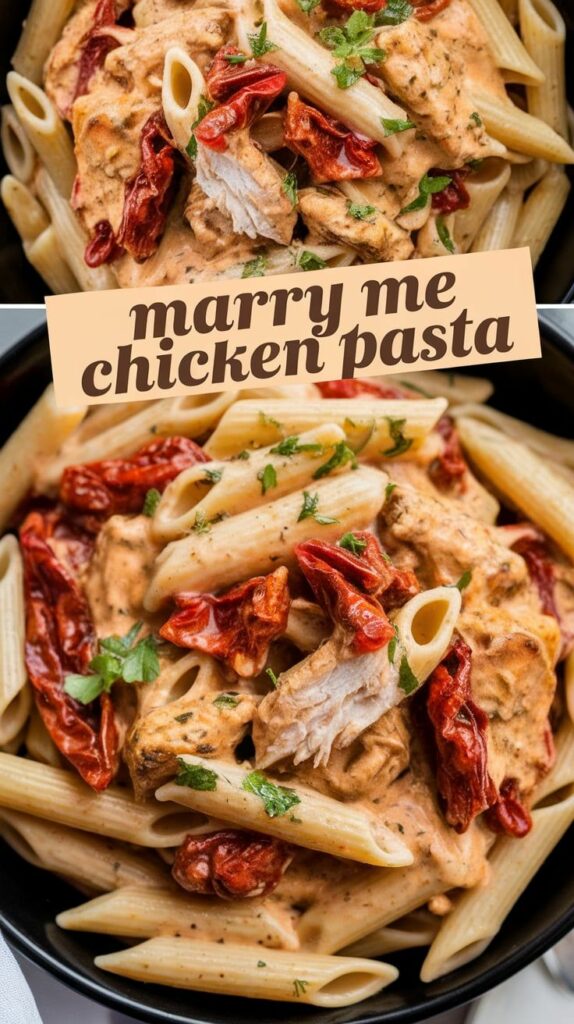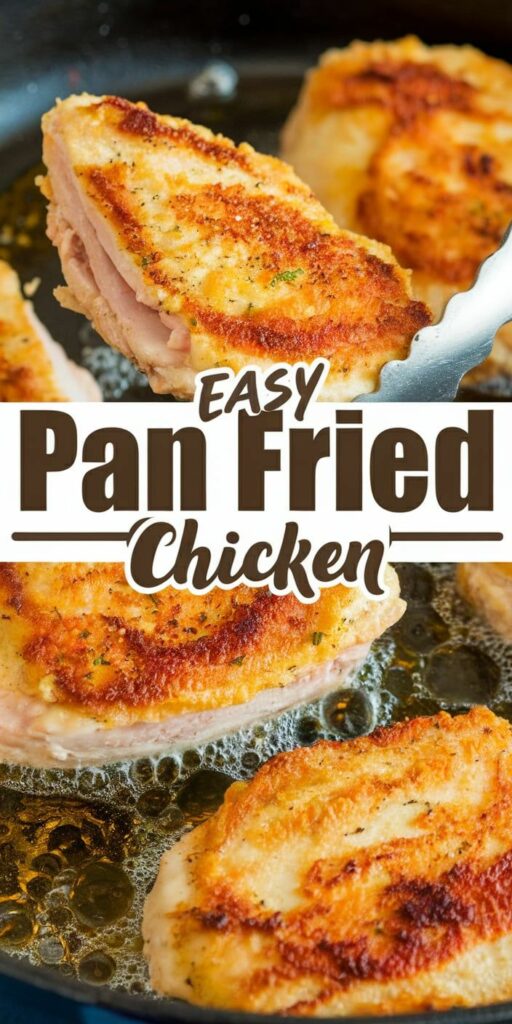Craving a restaurant-quality lo mein recipe that you can whip up in your own kitchen? I’ve got the perfect solution for busy home cooks looking to create an incredible meal in just 20 minutes. This homemade lo mein will transform your dinner routine, offering a delicious alternative to takeout that’s both easy and satisfying.
My quick lo mein recipe is a game-changer for anyone wanting to explore Chinese-inspired cuisine without spending hours in the kitchen. Whether you’re a cooking novice or a seasoned home chef, this recipe delivers bold flavors and incredible texture that will impress your entire family.
The beauty of this lo mein recipe lies in its incredible versatility. You can easily customize the dish with your favorite proteins, swap in different vegetables, or adjust seasonings to match your taste preferences. From chicken and beef to tofu and shrimp, the possibilities are endless.
Get ready to discover a simple yet spectacular meal that proves homemade can be just as delicious – if not more so – than any restaurant version. Let’s dive into the world of irresistible lo mein!
What Makes Authentic Lo Mein Special
Chinese noodles have a rich culinary history, and lo mein stands out as a beloved dish that captures the essence of traditional cooking. Authentic lo mein represents more than just a simple noodle recipe – it’s a cultural experience that brings together flavors, techniques, and generations of culinary expertise.
Roots in Chinese Culinary Tradition
Lo mein originated in southern China as a versatile noodle dish that quickly became a staple in Chinese cuisine. The name “lo mein” literally translates to “stirred noodles,” highlighting the unique cooking method that sets this dish apart from other Chinese noodle preparations.
Lo Mein vs Chow Mein: Understanding the Difference
While many people confuse lo mein and chow mein, they are distinctly different dishes. The key differences include:
- Cooking technique: Lo mein uses soft, boiled noodles that are gently mixed with sauce and ingredients
- Texture: Lo mein noodles are typically softer and more pliable
- Preparation: Chow mein noodles are typically crispy and stir-fried
Essential Characteristics of Lo Mein Noodles
The heart of authentic lo mein lies in its noodles. Chinese noodles used in lo mein are typically made from wheat flour and eggs, creating a smooth, silky texture that absorbs sauces beautifully.
| Noodle Characteristic | Description |
|---|---|
| Composition | Wheat flour and egg-based |
| Texture | Soft and smooth |
| Cooking Method | Boiled and gently mixed |
| Sauce Absorption | Excellent |
Understanding these nuances helps home cooks appreciate the delicate art of creating an authentic lo mein dish that truly honors its Chinese culinary roots.
Essential Ingredients for the Perfect Lo Mein Recipe
Creating an authentic lo mein dish starts with selecting the right lo mein ingredients. I’ll walk you through the key components that will transform your kitchen into a flavor-packed Asian cuisine haven.
For the noodles, I recommend using fresh egg noodles or dried Chinese wheat noodles. These provide the perfect texture for a delicious lo mein. When it comes to vegetables, my go-to selections for vegetable lo mein include:
- Crisp cabbage
- Crunchy carrots
- Fresh bell peppers
- Green onions
- Tender bean sprouts
Protein options can vary based on your preference. Chicken, shrimp, and beef are classic choices. For a vegetarian twist, try tofu or tempeh as protein alternatives.
The lo mein sauce is the heart of this dish. My signature sauce combines:
- Soy sauce
- Oyster sauce
- Sesame oil
- Minced garlic
- Ginger
Pro tip: If you can’t find specific Asian ingredients, most supermarkets now carry international food sections with suitable alternatives. Don’t let hard-to-find ingredients stop you from creating an amazing lo mein experience!
My Favorite Lo Mein Recipe: Step-by-Step Instructions
Learning how to make lo mein at home is easier than you might think. I’ve perfected this recipe through years of practice, and I’m excited to share my tried-and-true method for creating a delicious restaurant-quality dish right in your own kitchen.
Preparing the Signature Lo Mein Sauce Recipe
The secret to an amazing lo mein lies in its sauce. My go-to lo mein sauce recipe combines simple ingredients that pack a powerful flavor punch. Here’s what you’ll need:
- 2 tablespoons soy sauce
- 1 tablespoon oyster sauce
- 1 teaspoon sesame oil
- 1 minced garlic clove
- 1 teaspoon sugar
Cooking the Noodles to Perfection
Achieving the right noodle texture is crucial when you make lo mein. I recommend using fresh egg noodles and cooking them just until they’re al dente. Drain and rinse with cold water to stop the cooking process and prevent sticking.
Mastering Stir-Fry Techniques
Stir-fry techniques are essential for creating authentic lo mein. Heat your wok or large skillet until it’s smoking hot. Add oil and cook your protein first, then remove it from the pan. Next, stir-fry your vegetables quickly to maintain their crispness.
Bringing It All Together
The final step in how to make lo mein is combining all components. Add the noodles back to the pan, pour in the sauce, and toss everything together until well-coated. The key is to work quickly and keep the ingredients moving.
| Ingredient | Quantity | Preparation |
|---|---|---|
| Egg Noodles | 8 oz | Cooked al dente |
| Chicken | 1 cup | Sliced and stir-fried |
| Mixed Vegetables | 2 cups | Chopped and quick-stir-fried |
Tips for Customizing Your Lo Mein
Creating the perfect lo mein is all about personalization. I love experimenting with different lo mein variations to keep my meals exciting and delicious. The beauty of this dish is its incredible flexibility, allowing you to transform a classic recipe into something uniquely yours.
When exploring protein options for lo mein, you have a world of delicious choices. My favorite protein alternatives include:
- Tender chicken breast, sliced thin
- Lean beef strips
- Succulent shrimp
- Crispy tofu cubes
For those seeking vegetarian lo mein, the options are equally exciting. I recommend loading your dish with a colorful mix of vegetables to create a satisfying and nutritious meal. Some standout vegetable choices include:
- Bell peppers
- Broccoli florets
- Carrots
- Mushrooms
- Snap peas
Sauce customization is where you can truly make your lo mein shine. Experiment with different flavor profiles by adjusting the sauce ingredients. A dash of chili oil can add heat, while a touch of honey can bring sweetness. The key is to balance flavors and make the dish your own.
Remember, the best lo mein is the one that speaks to your taste buds. Don’t be afraid to get creative and make each batch a unique culinary adventure!
Common Mistakes to Avoid When Making Lo Mein
Mastering lo mein requires attention to detail. I’ve learned that some common lo mein cooking tips can transform an average dish into a spectacular meal. One of the biggest noodle stir-fry mistakes is overcooking the noodles, which leads to a mushy texture that ruins the entire dish.
Achieving the perfect lo mein texture starts with selecting the right type of noodles. Egg noodles work best, but many home cooks mistakenly use the wrong pasta. I recommend using fresh or par-boiled egg noodles and cooking them just until they’re al dente. Drain and rinse with cold water immediately to stop the cooking process and prevent clumping.
The wok temperature is crucial for authentic lo mein. A common error is not heating the pan hot enough before stir-frying. I always ensure my wok is smoking slightly before adding ingredients. Overcrowding the pan is another critical mistake that prevents proper caramelization and leads to steamed instead of stir-fried vegetables and proteins.
Seasoning is an art in lo mein preparation. Don’t be afraid to taste and adjust your sauce. Too little seasoning makes the dish bland, while too much can overpower the delicate flavors. I suggest adding soy sauce, oyster sauce, and a touch of sesame oil gradually, tasting as you go to create a perfectly balanced dish that will impress even the most discerning palates.



